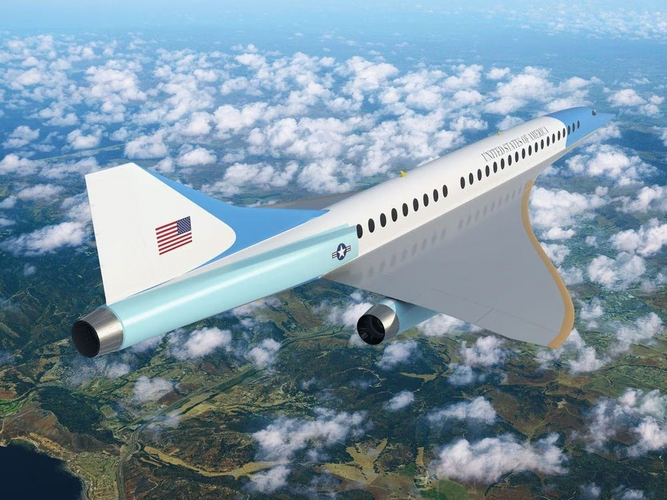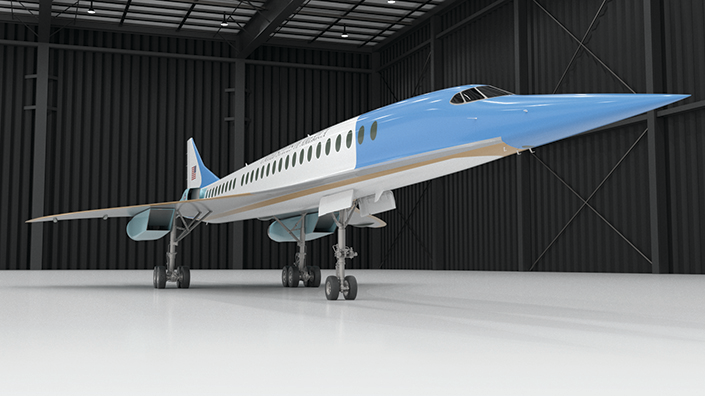If some people here think that bizjet owners will continue to ride their subsonic jets where an airline offers a Supersonic route, let me tell them bluntly that they are wrong.
Private aircraft offer so many benefits over scheduled service that I suspect they will survive for a long, long time, even in the face of supersonic service.
1) Overture and its ilk can only be viable on relatively long over-water routes. The vast majority of routes inside the US are inaccessible to them due to noise/sonic boom considerations unless low-boom tech actually happens or noise rules change.
2) Bizjets often provide access to alternative airports with less traffic, easier access to urban centers, etc. There are real reasons to prefer flying into Teterboro instead of JFK or LaGuardia, for example.
3) The ability to largely bypass the usual crowds and delays associated with airport security screening processes make bizjets attractive to some people (celebrities, corporate senior officers, etc.) who don't want to associate with normal people for security or personal reasons.
One of my stepbrothers has landed a job at Le Bourget, where Dassault has a standing army to caretake bizjets and their expensive passengers. Le Bourget - not Orly, not Charles de Gaulle. For the exact reasons specified above.
And I'm still convinced that rocketing suborbital to 7 km/s is the way to go, with a pair of turbofans for quiet landings. This can carry you to the other side of the world in barely 1 hour, with no sonic boom and even greener propellants if you want (hydrogen, but not necessarily).








